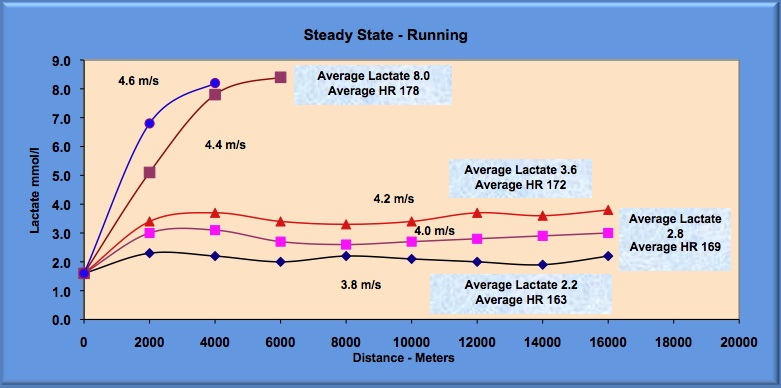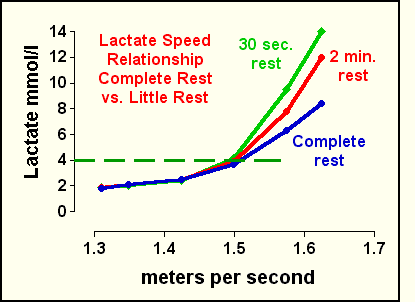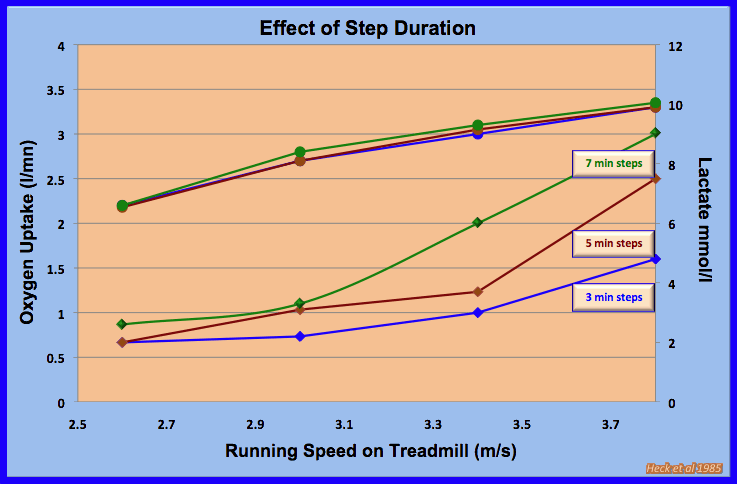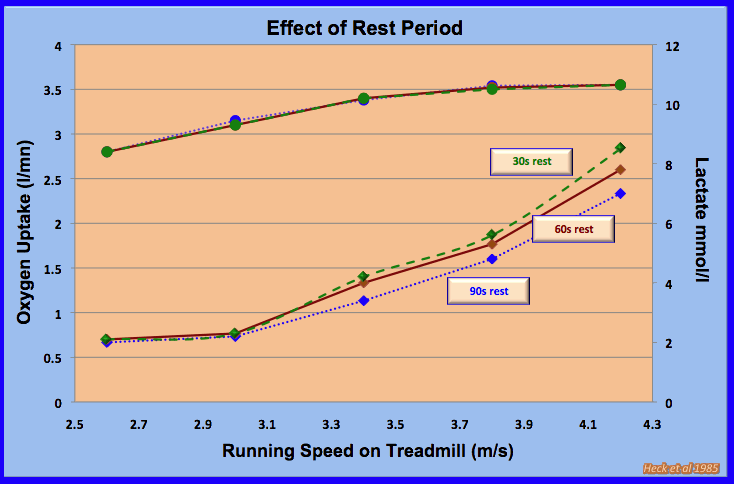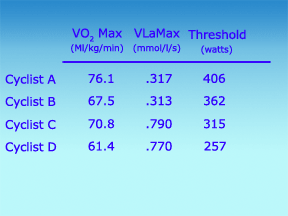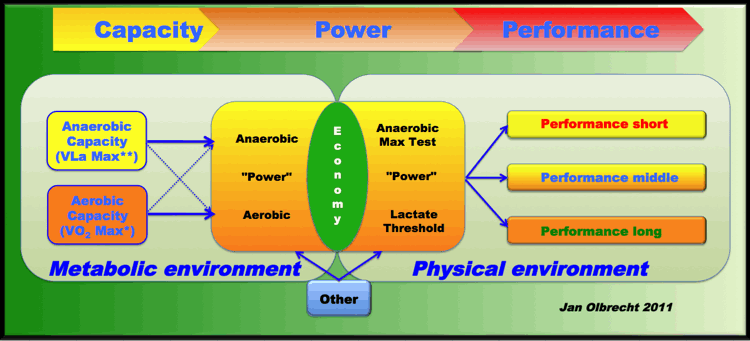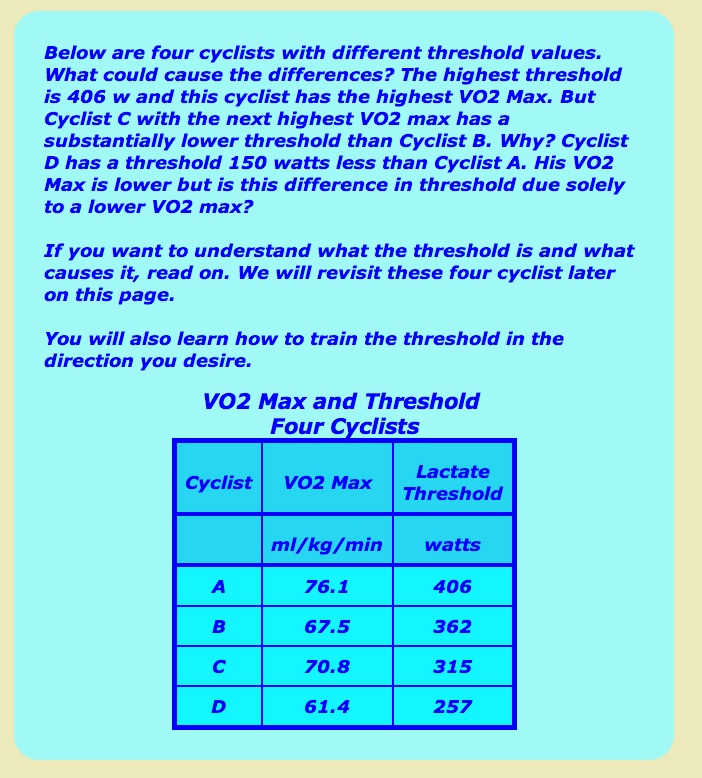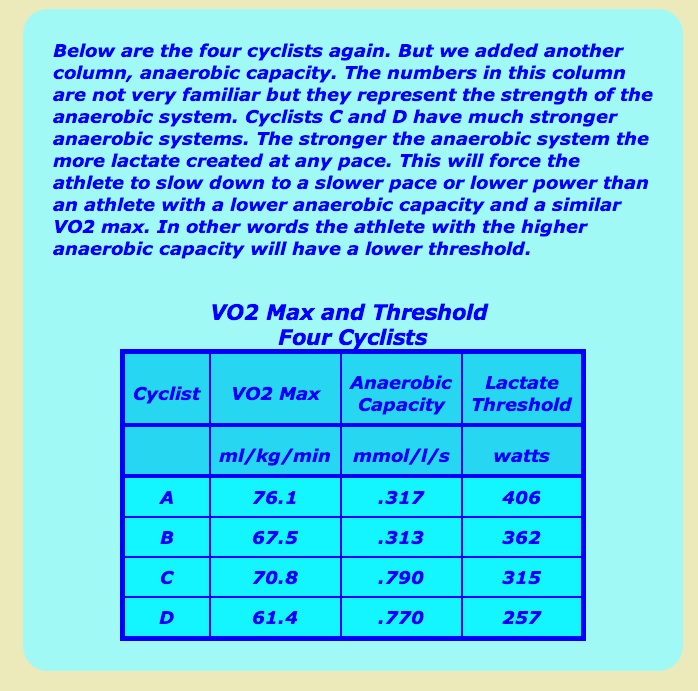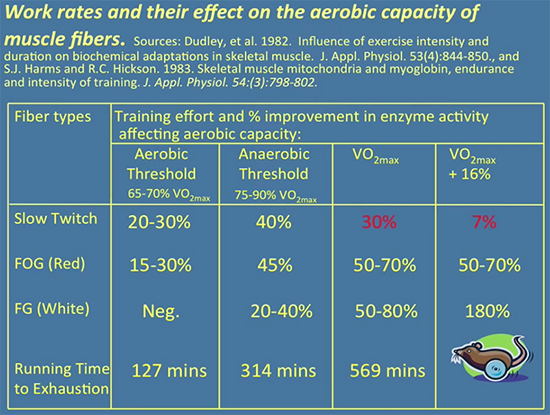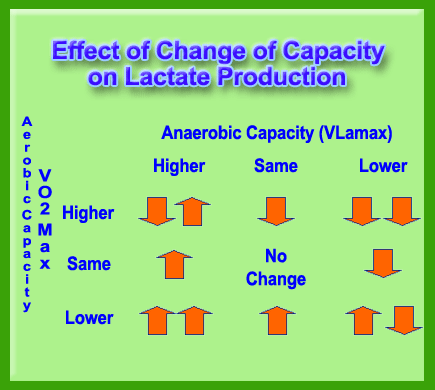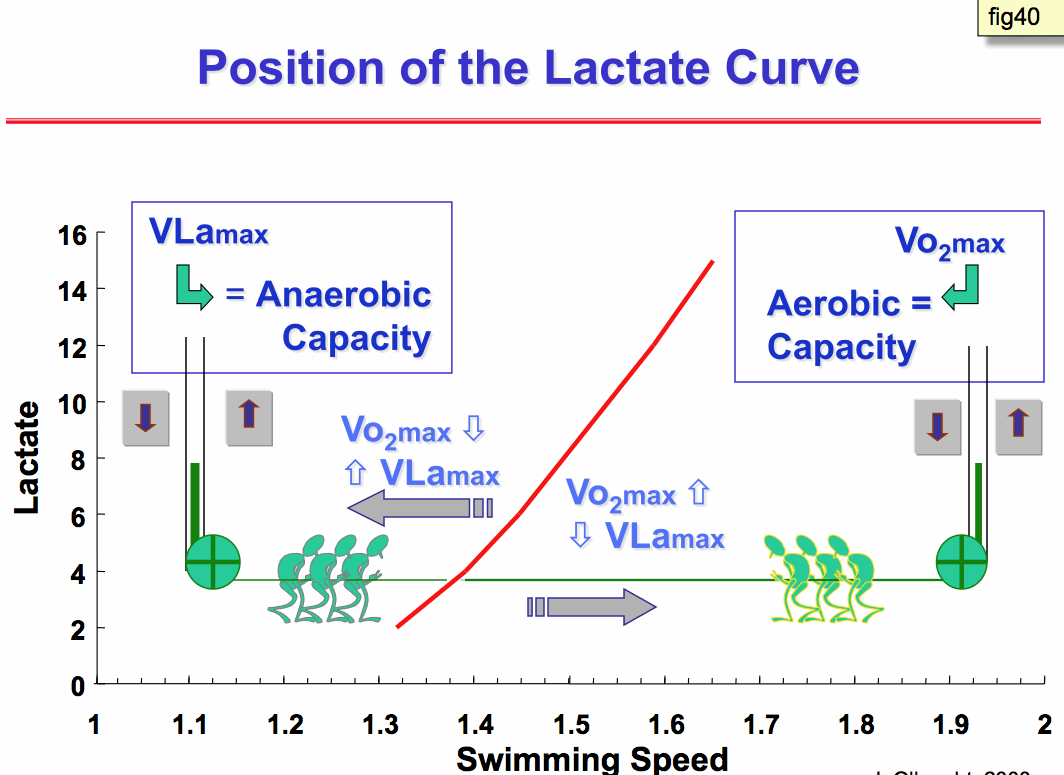There is no lactate threshold.
No lactate threshold. Interesting article which quotes that man Tim Noakes.
http://arcrsa.blogspot.co.uk/...ctate-threshold.html
There is NO lactate threshold
Okay, now we know that the muscles don’t go anaerobic during heavy exercise and lactate production is due to carbohydrate being burned to produce energy. This brings us to the topic of “lactate threshold”. Recall that the theory of lactate threshold was that at some exercise intensity blood lactate levels increase dramatically, i.e. crosses a threshold, due to anaerobic metabolism. We already know that lactate is being produced in increasing high amounts for reasons other than the muscles becoming “anaerobic”, but is lactate increasing after crossing some “threshold”? Again, the answer is no.
Lactate increases exponentially with increases in exercise intensity and does NOT exhibit a threshold. This being the case, why did exercise physiologists believe there was a lactate threshold? Going back to Prof. Noakes again:
“This mistaken conclusion resulted from at least 2 errors. First, too few blood samples were measured. For example, if only 4 blood samples had been drawn at running speeds of 10, 14, 16, and 20 km per hour, then a fictitious anaerobic threshold would have been identified at 15.5 km per hour. But measuring blood lactate concentrations repeatedly – for example every km per hour – shows that blood lactate concentrations rise exponentially without any evidence of a threshold phenomenon.”
“It is clear that the blood lactate concentrations do not show a clearly defined, abrupt threshold response during exercise of progressively increasing intensity. Rather, blood lactate concentrations begin to rise as soon as progressive exercise commences. However, at low intensities, the rate of the increase is so low that it is barely noticeable. Only when the exercise becomes more intense does the rise become apparent, which perhaps explains the erroneous impression that blood lactate concentrations increase abruptly when the lactate threshold is reached.”
“For these reasons, the term anaerobic threshold, lactate threshold, and lactate turnpoint are no longer justifiable”(4)
So, you see, there is not a lactate threshold. Lactate increases exponentially with increases in exercise intensity and exhibits no evidence of a “threshold”.
Lactate doesn’t cause fatigue – it helps prevent fatigue
You might say at this point that whether lactate is produced by anaerobic metabolism or not, or increases in a "threshold" manner or not is immaterial if increasing amounts of lactate cause fatigue. After all, it doesn't really matter how the level of lactate increases if lactate is the cause of fatigue. (Recall that it has long been believed by the running community that lactate causes fatigue.) It is this core belief that has caused runners to focus so intently on lactate threshold - lactate causes fatigue and the lactate threshold is the point where there is suddenly enough lactate in the body to cause fatigue to increase rapidly. There is no doubt that blood lactate levels increase with increasing exercise intensity. If lactate causes fatigue then it wouldn't matter if muscles become anaerobic or how lactate increases in the body - these points do not negate the idea that lactate causes fatigue. Lactate does increase with increasing exercise intensity and if it causes fatigue, then the other points are ancillary. Therefore, the most important question to ask is, Does lactate cause fatigue? Absolutely not!
"Lactate is a totally innocuous substance that, if infused into the bloodstream, has no noticeable effects."(5)
That's right - you could inject your muscles with lactate and you would experience NO additional fatigue because lactate does not cause fatigue.
No lactate threshold. Interesting article which quotes that man Tim Noakes.
http://arcrsa.blogspot.co.uk/...ctate-threshold.html
There is NO lactate threshold
Okay, now we know that the muscles don’t go anaerobic during heavy exercise and lactate production is due to carbohydrate being burned to produce energy. This brings us to the topic of “lactate threshold”. Recall that the theory of lactate threshold was that at some exercise intensity blood lactate levels increase dramatically, i.e. crosses a threshold, due to anaerobic metabolism. We already know that lactate is being produced in increasing high amounts for reasons other than the muscles becoming “anaerobic”, but is lactate increasing after crossing some “threshold”? Again, the answer is no.
Lactate increases exponentially with increases in exercise intensity and does NOT exhibit a threshold. This being the case, why did exercise physiologists believe there was a lactate threshold? Going back to Prof. Noakes again:
“This mistaken conclusion resulted from at least 2 errors. First, too few blood samples were measured. For example, if only 4 blood samples had been drawn at running speeds of 10, 14, 16, and 20 km per hour, then a fictitious anaerobic threshold would have been identified at 15.5 km per hour. But measuring blood lactate concentrations repeatedly – for example every km per hour – shows that blood lactate concentrations rise exponentially without any evidence of a threshold phenomenon.”
“It is clear that the blood lactate concentrations do not show a clearly defined, abrupt threshold response during exercise of progressively increasing intensity. Rather, blood lactate concentrations begin to rise as soon as progressive exercise commences. However, at low intensities, the rate of the increase is so low that it is barely noticeable. Only when the exercise becomes more intense does the rise become apparent, which perhaps explains the erroneous impression that blood lactate concentrations increase abruptly when the lactate threshold is reached.”
“For these reasons, the term anaerobic threshold, lactate threshold, and lactate turnpoint are no longer justifiable”(4)
So, you see, there is not a lactate threshold. Lactate increases exponentially with increases in exercise intensity and exhibits no evidence of a “threshold”.
Lactate doesn’t cause fatigue – it helps prevent fatigue
You might say at this point that whether lactate is produced by anaerobic metabolism or not, or increases in a "threshold" manner or not is immaterial if increasing amounts of lactate cause fatigue. After all, it doesn't really matter how the level of lactate increases if lactate is the cause of fatigue. (Recall that it has long been believed by the running community that lactate causes fatigue.) It is this core belief that has caused runners to focus so intently on lactate threshold - lactate causes fatigue and the lactate threshold is the point where there is suddenly enough lactate in the body to cause fatigue to increase rapidly. There is no doubt that blood lactate levels increase with increasing exercise intensity. If lactate causes fatigue then it wouldn't matter if muscles become anaerobic or how lactate increases in the body - these points do not negate the idea that lactate causes fatigue. Lactate does increase with increasing exercise intensity and if it causes fatigue, then the other points are ancillary. Therefore, the most important question to ask is, Does lactate cause fatigue? Absolutely not!
"Lactate is a totally innocuous substance that, if infused into the bloodstream, has no noticeable effects."(5)
That's right - you could inject your muscles with lactate and you would experience NO additional fatigue because lactate does not cause fatigue.
